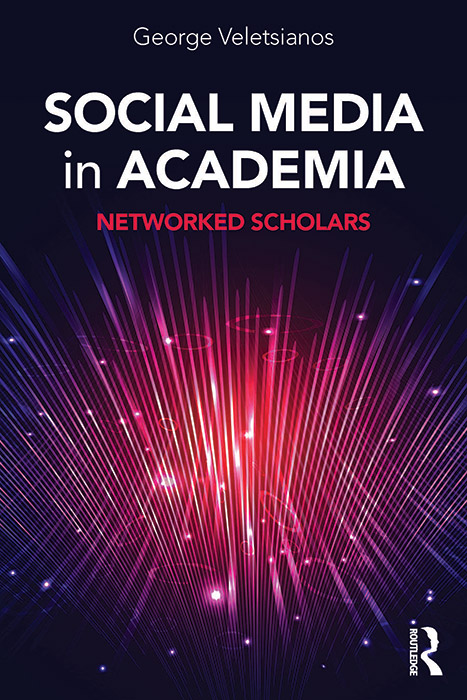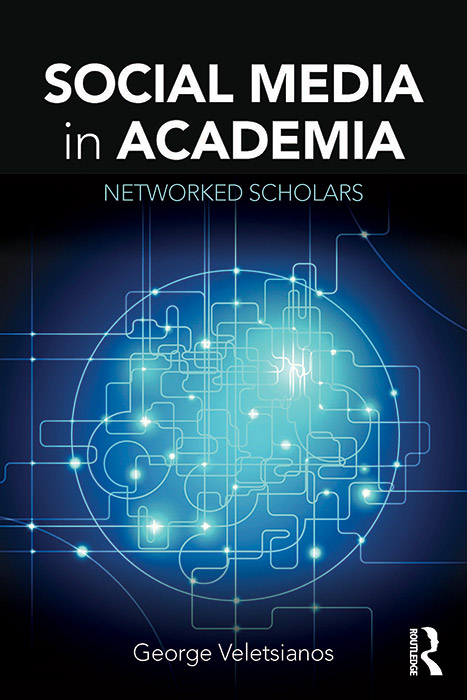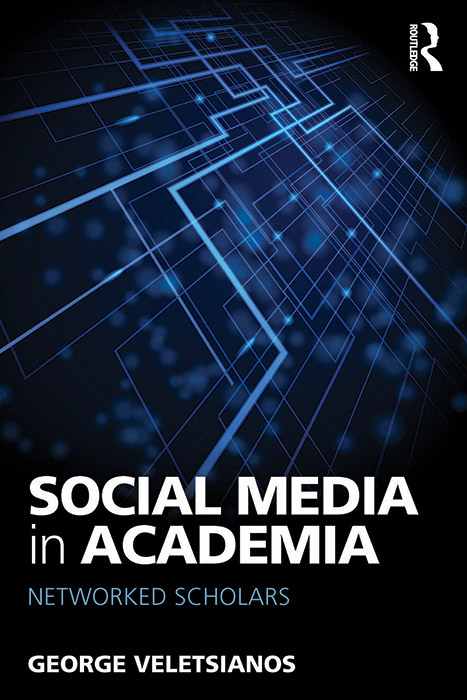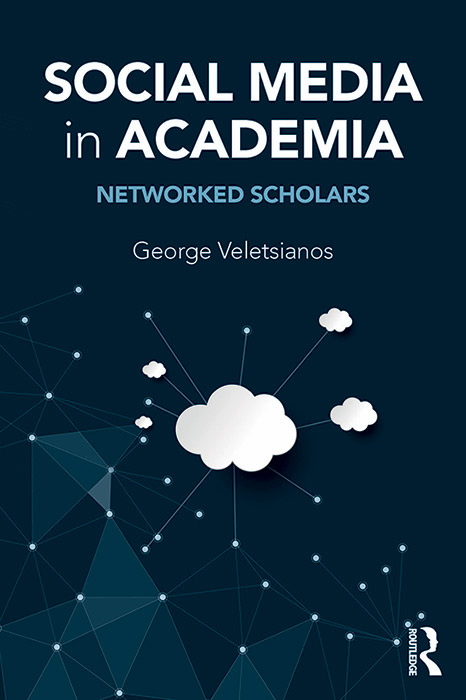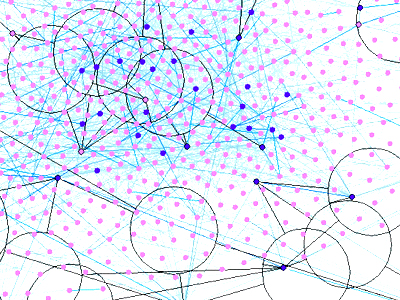I joined Audrey Watters, Philipp Schmidt, Stephen Downes, and Jeremy Friedberg in Toronto last week, to give a talk at Digital Learning Reimagined, an event hosted and organized by Ryerson University’s Chang School. I presented some of our latest research, and tried to highlight research findings and big ideas in 15 minutes. Below are my slides and a draft of my talk.
Welcome everyone! It’s a pleasure and an honor to be here. Even though I’m the person giving this talk, I’d like to acknowledge my collaborators. A lot of the work that I am going to present is collaborative and it wouldn’t have been possible without such amazing colleagues. These are: Royce Kimmons from the University of Idaho, Amy Collier and Emily Schneider from Stanford University, and Peter Shepherdson from the University of Zurich. The Canada Research Chairs program, the National Science Foundation and Royal Roads University have funded this work.
I want to start my talk by telling a story.
This castle that you see here is one of the most recognizable parts of Royal Roads University (RRU). But, don’t let the castle fool you. RRU was created in 1985. It’s purpose was to serve the needs of a changing society by serving working professionals through graduate digital education and multidisciplinary degrees. It has grown since 1985. It has matured, developed a social learning model that is now infused in all courses, developed new areas of focus, forged global partnerships, and continues to explore how to improve what it does through pedagogical and technological approaches.
Why am I sharing this short story about RRU?
Because this story, minus the specific details, is a common story. It’s also a Ryerson story, a story that is played out at the University of Southern New Hampshire, a story that Open Universities around that world have gone through. It is a story that repeats itself over and over for years and years.
What is the essence of the story?
It is often assumed that universities have been static, unchanging since the dawn of time. The short story I shared illustrates that universities are, and have always been, part of the society that houses them, and as societies change, universities change to reflect those societies. The economic, sociocultural, and technological pressures that universities are facing are sizable, and for better or for worse, usually for both, there’s a continuous re-imagination of education throughout time. Throughout time. Universities have always been changing.
As universities are changing and exploring different ways to offer education, faculty, researchers, and administrators engage in a number of practices that I like to describe as emerging. Emerging practices & emerging technologies are those that are not necessarily new, not yet fully researched, but appear promising.
Online learning and openness are example of emerging practices.
Online learning has a long history. But it also has a new history, with the development of multimedia platforms, media that can be embedded across platforms, syndication technologies that enable learners to use their own platforms for learning and so on. So, even though some of the problems that online learners are facing in contenmporary situations are not new (eg dropout), learners abilities’ to congregate in online communities is expanded through newer technologies and that poses different sorts of challenges and opportunities.
Another emerging practice is openness. Openness refers to liberal policies for the use, re-use, adaptation, and redistribution of content. Openness is also a value: It refers to adopting an ethos of transparency with regards to access to information. And this ethos ranges from academics publishing their work in open formats, to teaching open courses, to creating open textbooks. And it doesn’t stop at individual academics or institutions. In 2014 the Premiers of Alberta, British Columbia, and Saskatchewan signed a Memorandum of Understanding to facilitate creation, sharing, and use of Open Educational Resources. In the same year, SSHRC, NSERC, and CIHR have drafted a tri-agency open access policy to improve access to and dissemination of research results (NSERC, 2014);
There is a growing interest in and exploration of online learning and openness, practices which are still emerging. Next, I will share four recent results from our research into these practices that I believe are interesting to consider because they reveal the tensions that exist when dealing with emerging topics.
First, research into online learning is becoming more interdisciplinary
Interdisciplinary research into online learning means that individuals from a diverse range of disciplines, not just education, are interested in making sense of online learning. It is hoped that more research into online learning and more research from multidisciplinary groups will help us learn more about online learning and about learning in general.
We have evidence to show that research into online learning is becoming more interdisciplinary. I won’t bore you with the statistics, but we measure diversity in published research using a nifty measure and found that the period 2013-2014 can be described as more interdisciplinary than the period 2008-2012.
This is a positive trend, but before I explain its significance, let me explain to you how I view technology.
My perspective on online learning centers around the idea that technology is socially shaped . That means that technology always embeds its developers’ worldviews, beliefs, and assumptions into its design and the activities it supports and encourages.
What does this mean for interdisciplinarity? This means that we have both an opportunity and a challenge.
Our opportunity: to use our respective expertise to improve education.
Our challenge: to actually do interdisciplinary thinking and to go into the study and design of future educational systems with an open mind and the realization that our own personal experiences of education may not be generalizable. A lot of educational technology is produced by people of privilege and to develop educational technology that matters and makes societal difference, we need diversity in thinking and experience.
Our second finding refers to the increasing desire to collect, mine, and analyze data trails to make inferences about human behavior and learning. This practice is often referred to as learning analytics and educational data mining. This practice is a reflection of a larger societal trend toward big data analytics. The idea is that by looking at what people do online one can understand how to improve education.
A couple of things that researchers discovered for example are:
-Students generally stop watching online videos after 4-5 minutes. This then encourages the creation of 4-5 minute lecture videos
-Students fall in discrete categories when they are in MOOCs. For example students who are just sampling content, students who are disengaged, or they are on track for completing. Once you identify categories you can identify and support learner needs
Data trails. Nearly everything that learners do online is tracked. Can we understand learners and improve learning by analyzing their data trails?
While these approaches can help us explain what people do, they often don’t tell us why they do they things they do nor how they actually experience online education.
My colleagues and I are interviewing MOOC students to learn about their experiences in MOOCs.
I am now going to tell you about our third result. We find that learners schedule their learning, use of resources, and participation to fit their daily life. This is in stark contrast to the idea of undergraduate education situated at a university and happening at particular time periods.
One retired individual in Panama that we interviewed works on his class early in the morning every day. Why does he do that? He does that because at that time his daughter is asleep. She is homeschooled and once she wakes up she needs access to the 1 computer that they have in the household to do her own schoolwork. In this case a lack of resources necessitates this scheduling.
One individual that we interviewed moved from the UK to the USA to be with her partner. She is currently waiting for her work permit, driver’s license, and so on, and she was enrolled in multiple MOOCs at the same time. She would work on her courses on Monday because she just “wanted them out of the way,” and so she would work on these courses straight throughout the day.
The fourth and final finding that I have for you today, is that MOOC platforms to date have not offered learners the ability to keep notes, so that particular activity, by virtue of being unsupported by the platform goes undetected when researchers only look at data trails.
Unsurprisingly, learners keep notes. A number of students that we talked to described that they keep notes on paper, frequently keeping a notebook for particular courses and returning to them during exams or during times that they needed them. Learners of course also keep notes in digital format. Usually in word documents, but again documents are dedicated to particular courses, but sometimes they are dedicated to particular topics across courses.
To give you an example, of how we believe this activity could be supported in the future and how we believe innovations can contribute to learning, we recommend designers support this practice by pedagogical innovations such as scaffolding notetaking, but also by technological innovations, by developing online systems for notetaking. What is important here is that such systems should support learning by being interoperable, by allow learners full and unrestricted access to their notes, supporting them to be able to import & export their notes between platforms. Such a design is in line with emerging ideas in the field which call for learners to own their data.
To summarize:
1. Online learning is becoming more interdisciplinary, but we need to work together and address our assumptions
2. There is excitement about learning analytics, but we also need to understand why people do the things that they do
3. For example, we see that online education needs to accommodate lives as opposed to the other way round
4. And we see that by interviewing people we can get a better sense of the things that they do that don’t get captured by the digital trails they leave behind.
Thank you for being a great audience. I am really excited to hear the speakers that follow me, as I am sure you are!

A visualization of my talk, created by Giulia Forsythe
